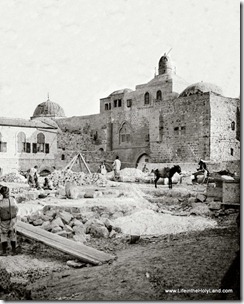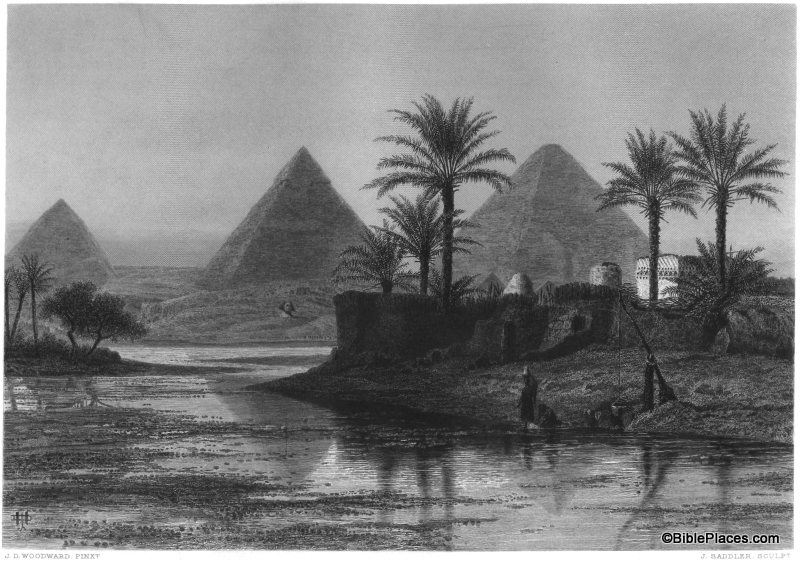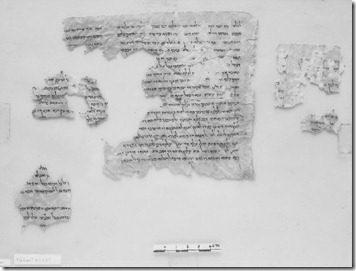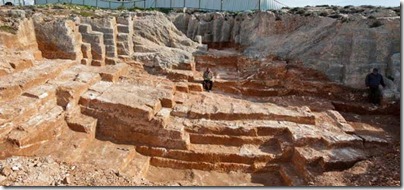Religion News Service has begun a few feature called “Ask the Experts” and the first edition is focused on Christmas. They ask half a dozen scholars to weigh in on the following questions. I provide responses to three questions.
- Why do some Christians celebrate Christmas on January 7th?
- Why do we repeatedly hear about the “three wise men,” when biblical scholars tell us there were in fact many magi who attended Jesus after his birth?
- Why did Mary and Joseph have to go to Bethlehem? How did civil authorities determine which town people had to report to at census-taking time?
- Is it true that the word translated “inn” – kataluma – could also mean guest room? In other words, could Mary and Joseph been seeking shelter in relative’s guest rooms, rather than at the inn?
- How was the birth of Christ celebrated before Constantine?
- Is it true that most Christian churches did not celebrate Christmas in significant way until about a hundred years ago?
- Is it true that department stores were the ones that started many of the traditions that we celebrate today?
The statement that Bethlehem was not on a major road is wrong. Bethlehem is located along the central ridge of the hill country and virtually everyone traveling to Jerusalem from the south would have passed by it. For more about the kataluma issue, see my previous post here.
Read all of the questions and answers here.
Shepherd with flock near Bethlehem.
Photo from The American Colony Collection.
Photo from The American Colony Collection.





